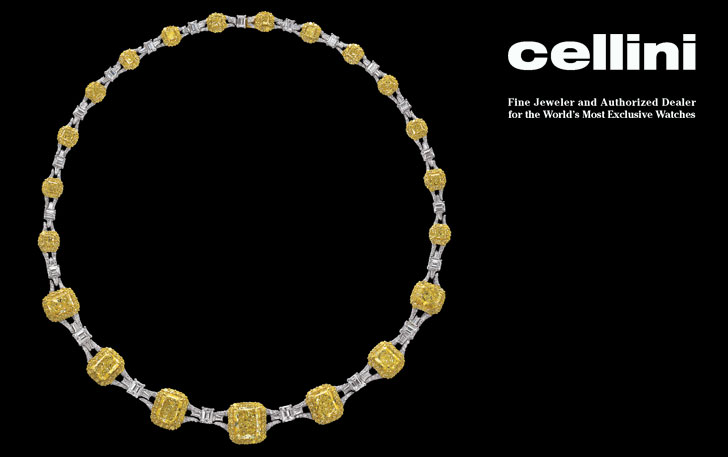ELEVATE YOUR EGG DISHES THIS HOLIDAY SEASON WITH A DASH OF THE LUXURY LIFESTYLE’S ULTIMATE DELICACY
BY CHEF DAVID BURKE
It’s time to celebrate! This holiday season, why not bring the best to your table? Caviar and the holidays go perfect together, so my gift to you this year is my recipe for scrambled eggs and caviar. It’s an easy and elegant dish to make for a late dinner or brunch and one that is sure to impress a special date or holiday guests. I’ll be serving this dish at Mister French in New York City during the holidays and in New Jersey as a special on the menus at 1776 in Morristown and Red Horse in Rumson.
Caviar to chefs is like expensive paint to artists. It’s a real treat to use in restaurants and in your home kitchens. While caviar can seem like a fancy food to cook with, it adds a dose of luxury and sexiness to your menu that makes the cost well worth the investment. As a chef I’ve been cooking with caviar and working with people in the caviar business for years. During the ‘80s we literally cooked with it by adding it to sauces and vinaigrettes. But honestly, my favorite way to eat these little black pearls is to open a tin, dip in a tablespoon, and just pop them right into my mouth. I love the feel of the little bubbles popping. With caviar it is best to adopt the “less is more” approach when serving. Serve on a good potato chip, dry toast, blini, lettuce cup, or freshly opened oyster. Champagne or vodka are the perfect beverage companions with caviar.

In my scrambled eggs recipe, caviar is used as a garnish, dolloped on top of crème fraîche. Caviar is also great with good quality smoked salmon and a little crème fraîche, or sprinkled on creamy scrambled eggs, like in this recipe. It adds a rich quality to your food that cannot be replicated by anything else.
While there are many different species of sturgeon, the three species that made caviar famous are beluga, osetra, and sevruga. Just a few decades ago you could get caviar from wild sturgeon mostly from the Caspian and Black Seas, but international and national laws were enacted to protect wild sturgeon from overfishing, and the sale of wild sturgeon caviar is not allowed in the United States. Today most of the world’s caviar is being farmed across the globe, from China to the Middle East to Madagascar. There’s some pretty darn good American Kaluga hybrid caviar, too. The taste of farm-raised caviar is very similar to wild, but wild caviar is more complex because wild fish eat a more varied diet, and the farmed fish diet is controlled for consistency and quality.
A few tips to keep in mind when handling caviar: store the caviar tins in the coldest part of your refrigerator until use. Avoid using metal utensils; use bone or mother of pearl spoons to serve. Don’t go cheap. You can expect to pay around $100 for an ounce of caviar, and you should purchase from reputable companies.
Drifthouse & Nauti Bar by David Burke
1485 Ocean Avenue, Sea Bright / 732.530.9760
drifthousedb.com, nautibardb.com, chefdavidburke.com
